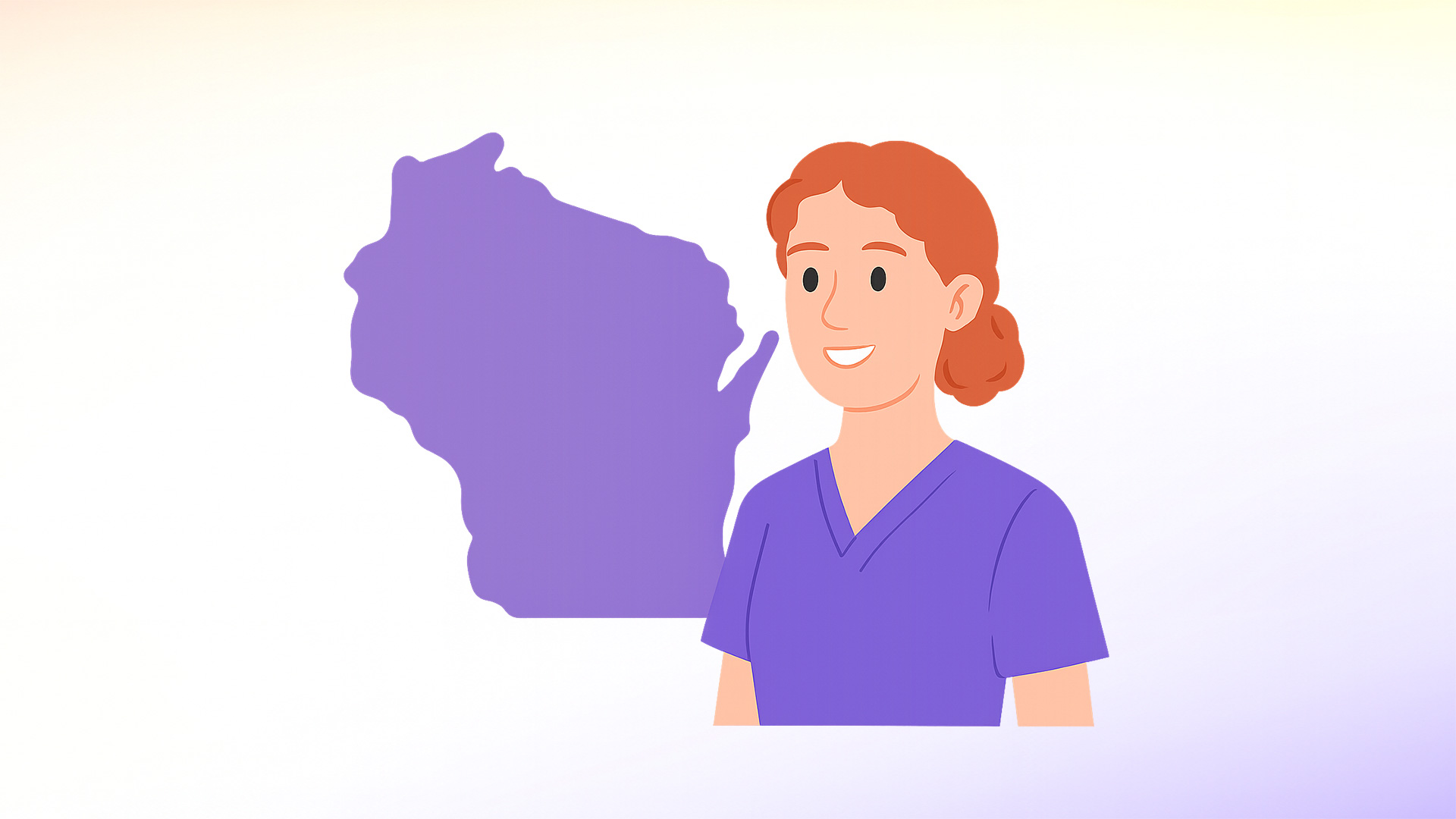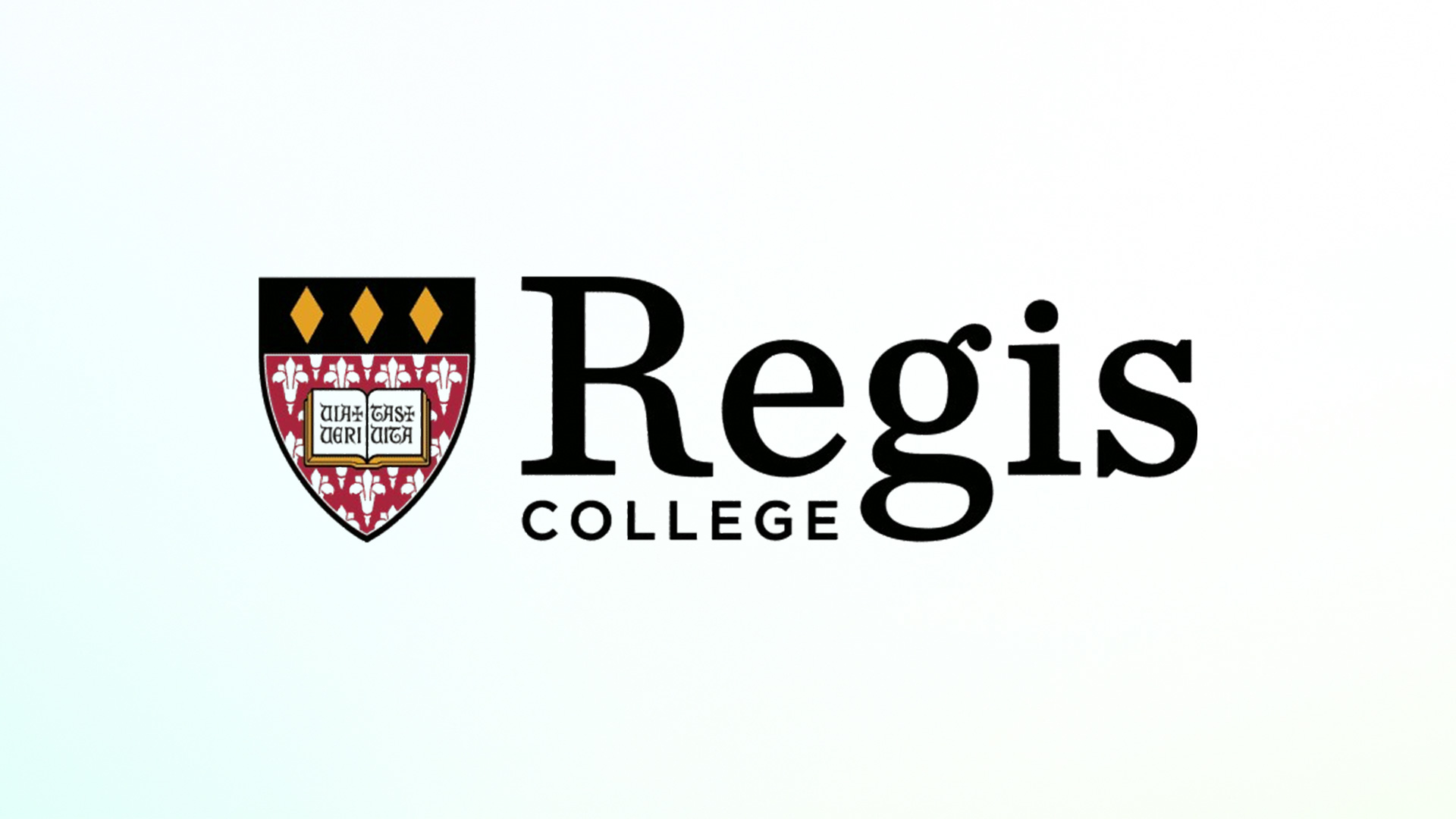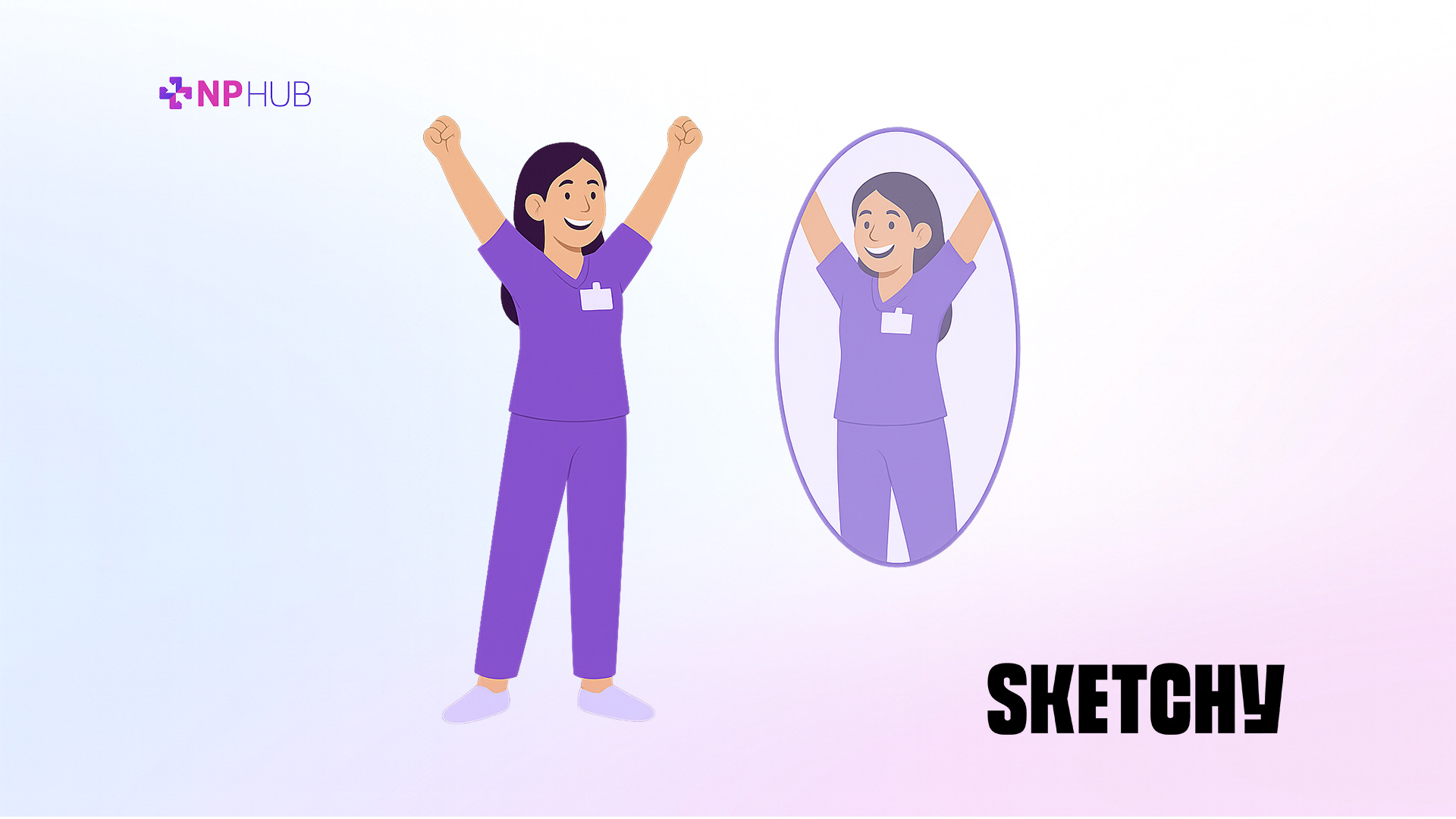NP students in Wisconsin must secure clinical rotations by meeting program-specific requirements, finding an eligible preceptor, and navigating university or health system placement policies. Clinical rotations can take place in a variety of clinics, such as primary care clinics, specialty clinics, and community health clinics. These placements—often in primary care, psychiatric mental health, or acute care—are mandatory for completing clinical hours, passing evaluations, and ultimately becoming licensed as a nurse practitioner in the state. Nurse practitioners in Wisconsin serve patients across all ages, from pediatrics to geriatrics.
TL;DR – How Nurse Practitioners in Wisconsin Can Secure Their Clinical Rotations?
- Securing a clinical preceptor in Wisconsin is harder than ever. With MSN programs declining and DNP enrollment rising, more NP students are competing for limited placement spots—especially in primary care, acute care, and psychiatric mental health.
- Most universities don’t guarantee placements, and major systems like Aurora and Advocate require students to find preceptors independently. While UW Health and UW-Milwaukee do offer support, their assistance is limited by partnerships and strict placement protocols.
- Geographic limitations make it worse. Most programs and partner sites are clustered in southern Wisconsin, making it especially tough for students in areas like Green Bay or central/northern regions to secure timely clinical experience. Finding clinical placements in certain locations across Wisconsin, especially outside major cities, is particularly challenging.
- These challenges can delay graduation and licensure, increasing stress and financial pressure. Students must juggle paperwork, deadlines, new affiliation agreements, and complex coordination requirements—all while managing coursework and full-time work.
- NPHub simplifies the process. From preceptor matching to handling documentation and affiliation agreements, we’ve helped over 10,000 NP students overcome these hurdles and stay on track for graduation—with fast support, flexible payments, and a stress-free experience.
Navigating the Clinical Placement Maze: What NP Students in Wisconsin Need to Know
For nurse practitioner students in Wisconsin, finding a clinical preceptor isn’t just one more thing on the checklist—it’s the thing that can make or break your timeline to graduation. You’re balancing coursework, jobs, and life, all while trying to track down someone who’s not already overwhelmed with their own patients. And when the answer to every outreach email is either silence or a “we’re full,” it starts to feel impossible. NP students are actively seeking clinical placements and preceptors across the state, making the process even more competitive and challenging.
Across Wisconsin, from Madison to Green Bay, NP students are running into the same walls: limited preceptor supply, inconsistent placement support, and a process that often feels more like a maze than a roadmap. It’s crucial to ensure that nurse practitioners are able to serve diverse patient populations throughout Wisconsin, addressing the healthcare needs of various communities. This blog breaks it all down—what’s happening with NP education in the state, what support systems actually exist, where the bottlenecks are, and most importantly, what you can do about it.
Mapping the Nurse Practitioner Education Pipeline in Wisconsin
The path to becoming a nurse practitioner in Wisconsin is evolving. As NP students navigate clinical placements and increasingly complex affiliation agreements, understanding the educational landscape is critical for staying on track and avoiding delays. Early student placement is crucial for meeting program requirements and avoiding delays in graduation.
While traditional MSN-level programs are in decline, shrinking by 54% between 2014 and 2022, from 1,098 enrolled students to just 501, the demand for advanced practice education remains strong.
Students aren’t abandoning the NP path; they’re choosing a more future-aligned route: the Doctor of Nursing Practice (DNP). Today, eight universities across Wisconsin offer post-BSN DNP programs, enrolling nearly 500 students, with many specializing in primary care, psychiatric mental health, or acute care.
These clinical programs are designed to meet the demands of today’s healthcare landscape, with focused training in treatment planning, coordinated care, and real-world clinical experience. Graduate certificates in Family NP, Adult Gerontology, and PMHNP also offer specialized career pathways for those looking to deepen their impact.
However, most NP programs and their clinical partners are concentrated in southern Wisconsin, in cities like Madison and Milwaukee. That leaves gaps for students in regions like Green Bay, Eau Claire, or central Wisconsin, where securing a clinical rotation, especially one with an active preceptor, can mean extensive travel and tighter timelines. For students prepping for a fall semester or chasing a start date, these location challenges only add to the pressure. Each university’s department of nursing or advanced practice is typically responsible for coordinating student placement and managing the logistics of clinical rotations with partnering institutions.
And yet, the demand for nurse practitioners has never been higher. NPs are one of the fastest-growing professions in Wisconsin hospitals, with employment numbers more than tripling between 2014 and 2024.
As Wisconsin stares down a projected shortage of over 3,000 physicians by 2035, nurse practitioners are being leaned on heavily to fill those gaps, especially in hospital and rural settings. To meet this demand, the state has actively invested in programs like the “Grow Our Own” grants, which fund new NP training programs in partnership with healthcare systems.
These initiatives are not just about increasing headcount, they’re about preparing a next-generation NP workforce with the clinical skills, education, and flexibility to step into high-impact roles where they’re needed most.
The takeaway? Becoming a nurse practitioner in Wisconsin today means more opportunity but also more responsibility. The move toward doctoral-level education, regional disparities in program access, and increasing reliance on NPs to support the state’s healthcare system make clinical planning more important than ever.
Whether you’re working with your university’s clinical placement team, submitting requests for affiliation agreements, or organizing your clinical hours, staying ahead of the process is non-negotiable. Don’t wait until the semester starts to scramble—start early, get support, and plan strategically.
If you’re struggling to translate your NP program into real-world clinical hours, whether you’re navigating a DNP in Milwaukee or hunting for a placement in Green Bay, NPHub can help you bridge the gap between your coursework and your clinical rotation. Create your free NPHub account to browse preceptors, compare availability, and take the pressure off your placement and graduation timeline.
Salaries for Nurse Practitioner Wisconsin: What You Can Expect
For NP students evaluating their long-term return on investment, nurse practitioner salaries in Wisconsin are both competitive and regionally varied. As of the latest data, the average annual salary for a Nurse Practitioner in the state is $131,513, which breaks down to approximately $10,959 per month.
This makes Wisconsin a solid option for those pursuing advanced practice roles—especially in high-demand specialties like primary care or psychiatric mental health. Here’s how monthly earnings stack up across some of the highest-paying cities in Wisconsin:
- Appleton, WI – $12,244/month
- Madison, WI – $11,666/month
- Kenosha, WI – $11,601/month
- Green Bay, WI – $11,422/month
- Wausau, WI – $10,461/month
- Milwaukee, WI – $10,362/month
- Eau Claire, WI – $10,108/month
- La Crosse, WI – $8,370/month
- Mayville, WI – $8,203/month
Whether you plan to stay in your home region or relocate after completing your clinical hours, this salary data can help you set realistic expectations for compensation after licensure and graduation.
Understanding Wisconsin NP Preceptor Coordination
Clinical placement coordination for NP students in Wisconsin varies significantly depending on the healthcare system or academic institution. While some provide structured support and dedicated coordination, others place the responsibility entirely on students to secure their own preceptors and clinical sites. Some institutions help arrange clinical placements through a formal application process that requires university approval before students can begin their rotations. Students must also be mindful of strict deadlines for submitting placement requests and documentation.
UW Health: Centralized Placement for Partnered Universities
UW Health offers a centralized clinical education process for advanced practice students, including nurse practitioner, physician assistant, nurse anesthetist, and midwifery students. Clinical rotations are available in areas such as family medicine, adult-geriatric primary and acute care, women’s health, pediatrics (specialty only), and neonatal care.
Placement is coordinated directly with a limited list of partner institutions, including UW-Madison, Marquette, UW-Milwaukee, UW-Oshkosh, and a few out-of-state programs. NP students are limited to two rotations and must follow a formal submission timeline (May 1, October 1, and March 1). Direct student contact with providers is not permitted, and preference is given to UW-Madison students and UW Health employees. Note: This restriction means students from other programs should not reach out to providers directly, as doing so may impact their eligibility for placement.
Advocate Aurora Health: Students Must Secure Their Own Preceptors
In contrast, Advocate Health and Aurora Health Care require NP students in Wisconsin to independently identify a preceptor before submitting a clinical placement request. The system does not assist in locating preceptors for NP, DNP, or MSN students.
Students must confirm preceptor availability and site participation prior to application. Students must also submit all required documentation and ensure that necessary paperwork is on file with the health system before their placement can be processed. Processing timelines vary based on whether an affiliation agreement already exists (4–6 weeks) or needs to be created (2–3 months). While Advocate Aurora supports placement for pre-licensure nursing and medical assistant students, NP students must coordinate their own clinical experiences from start to finish.
UW-Milwaukee: Active Clinical Placement Coordination for DNP Students
The UW-Milwaukee School of Nursing offers individualized placement coordination for DNP students, covering advanced practice specialties including primary care, psychiatric-mental health, gerontology, and nurse executive tracks.
Their Office of Clinical Placement works with healthcare organizations and community agencies to identify preceptorship opportunities. The office is also actively involved in creating new partnerships and comprehensive learning experiences for DNP students. The school invites potential preceptors to partner directly with the program to support student learning, emphasizing real-world experience and alignment with program objectives.
Children’s Wisconsin: Pediatric-Focused Placement with Faculty Coordination
Children’s Wisconsin offers graduate-level clinical experiences for NP students in family practice and pediatric specialties. Placement requests must be submitted by nursing faculty—not students—and each rotation is limited to a single semester.
Deadlines are set for each term (May 31 for fall, July 1 for winter, November 1 for spring, and April 1 for summer). Students are assigned a designated preceptor and follow a structured onboarding process in alignment with academic program goals. As part of the placement process, students may be required to upload necessary documents, such as immunization records or resumes.
We understand that coordinating a preceptor in Wisconsin feels like solving a puzzle blindfolded. Between deadlines, eligibility rules, and unclear contacts, even the most organized NP students get stuck. That’s why over 8,000 nurse practitioners have trusted NPHub to simplify the process. We understand the chaos, so we built a platform that does the hard work for you. See for yourself how easy finding and securing your preceptor can actually be.
Why Securing a Preceptor in Wisconsin Is Getting Harder
Finding a preceptor has always been a challenge for NP students, but in Wisconsin, the roadblocks are becoming structural. Multiple state-level reports point to a combination of workforce shortages, limited preceptor capacity, and rising training demand that’s stretching the system thin. To overcome these challenges, both students and preceptors must be committed to the process to ensure successful clinical placements.
Challenges from the 2025 Wisconsin Healthcare Workforce Report
A Shrinking Pool of Clinical Preceptors
Wisconsin’s nurse practitioner education pipeline is growing, especially at the doctoral level, but the number of available preceptors hasn’t kept pace. This issue is especially pronounced in advanced practice roles like NPs, where preceptors are essential for completing required clinical hours.
Even with initiatives like “Grow Our Own,” which support NP training in hospital settings, the volume of students often exceeds what clinical sites can accommodate.
Policy and Process Barriers
Unlike pre-licensure nursing programs that often benefit from centralized clinical placement support, NP students are expected to navigate much of the process alone. The report highlights that while hospitals and health systems support undergraduate placements, NP students are commonly required to independently identify, contact, and secure their own preceptors, often with limited school support.
This creates a fragmented system where lack of coordination, unclear application timelines, and slow-moving affiliation agreements delay student progress. Additionally, students must obtain all required documentation and preceptor credentials to meet university and clinical site requirements.
Burnout and Limited Incentives
The challenge isn’t just logistical, it's also personal. Preceptor burnout and lack of incentives are major barriers to participation in clinical education. The demands placed on each person involved—whether preceptor or student—can lead to stress and reduced participation. Many NPs simply don’t have time to precept due to increased workloads and staffing shortages.
Without compensation, academic support, or protected time, even qualified and willing clinicians are opting out of preceptorship, further reducing availability for NP students statewide.
Challenges from the 2024 Governor’s Task Force Report
Increased Competition for Clinical Sites
Health systems like UW Health limit NP students to just two rotations and prioritize placements for affiliated schools, such as UW–Madison. The 2024 Governor’s Task Force Report explains that rising enrollment in NP programs, particularly DNP tracks, has created greater demand for limited high-quality sites.
Smaller programs or students attending online institutions without formal agreements in Wisconsin face even more difficulty accessing competitive placements in primary care, pediatric, or psychiatric settings.
Geographic Disparities
The Governor’s Task Force Report confirms that most NP education and clinical infrastructure is clustered in southern Wisconsin, with Madison and Milwaukee hosting the majority of programs and precepting capacity. Students in central, northern, or rural regions, such as Green Bay or Wausau, often struggle to secure clinical placements close to home, compounding financial and logistical barriers.
Housing, transportation, and limited specialty availability all contribute to delayed or missed rotations for students in these areas.
Facing the Storm Alone Isn’t the Only Option
For nurse practitioner students in Wisconsin, navigating clinical placements can feel like walking into a maze with no exit signs. Whether you’re based in Green Bay, La Crosse, or Milwaukee, the challenges remain eerily similar: a patchwork of university support, a shrinking number of available preceptors, and high demand in both rural and metro areas.
Add in the pressure of meeting strict clinical hour requirements, looming semester deadlines, and affiliation agreements that take months to finalize—and it’s no wonder so many NP students feel like they’re barely staying afloat.
Even the most determined students, those who send hundreds of emails, make follow-up calls, and try every connection in their network, often find themselves stuck. And while dedication is admirable, it shouldn’t be the only strategy you rely on to graduate on time.
The good news? There’s a better way. Thousands of NP students have already realized they don’t have to face these challenges alone. Whether your program gave you minimal guidance or you’ve simply run out of leads, NPHub exists to meet this exact need. We step in when the system falls short—offering structure, speed, and real support when it matters most.
Our team handles all the paperwork and affiliation agreements, ensures your preceptor meets your school’s requirements with our “Perfect Preceptor Promise“ and replies to your questions within 24 hours. We also offer flexible payment options so cost doesn’t become another barrier.
No more second-guessing if your site is approved, no more chasing signatures or waiting weeks for email replies, we take care of the logistics so you can focus on becoming the best provider you can be.
Ready to make progress without the panic? Create your free account today, secure your preceptor and make your clinical rotation search easier. Join the NPHub community to access additional support and resources throughout your journey.
Frequently Asked Questions: Clinical Placements for NP Students in Wisconsin
1. How do nurse practitioner students in Wisconsin find clinical placements?
Most NP students must secure their own clinical placements by finding a preceptor and submitting the required affiliation agreements through their university’s placement process. Schools like UW Health may offer structured support, but many programs place the responsibility on the student.
2. What are the clinical requirements for NP students in Wisconsin?
NP programs typically require students to complete 500–1,000 clinical hours across specialties such as primary care, psychiatric mental health, or acute care. These hours must be completed under the supervision of an approved preceptor and must meet the university’s course and documentation standards.
3. Does NPHub help NP students in Wisconsin find clinical preceptors?
Yes, NPHub connects NP students with vetted preceptors in Wisconsin, manages all paperwork including affiliation agreements, and ensures preceptors meet your program’s clinical and credentialing requirements. It's a trusted option for students needing placement support quickly and efficiently.
4. How does the NP preceptor process in Wisconsin compare to other states?
Wisconsin has fewer universities offering MSN-NP programs, and many hospitals (like Aurora) require students to find their own preceptors. Unlike states with more centralized placement systems, Wisconsin NP students often face a more fragmented and competitive process.
5. What’s included in the clinical placement process?
The process typically involves identifying a preceptor, submitting a request through your school’s clinical placement team, completing all required documentation, and ensuring the site has a valid affiliation agreement. Some universities assist with placements; others require full student initiative.
6. Can NP students complete clinical hours in cities like Green Bay or Madison?
Yes, but availability depends on preceptor capacity and existing student demand. Cities like Madison and Milwaukee have more program partnerships, while areas like Green Bay may require more outreach by students or support from services like NPHub to secure placements.
7. What are common reasons NP students struggle with placement in Wisconsin?
Challenges include preceptor shortages, new affiliation agreement delays, lack of coordinated care settings in rural regions, and tight school deadlines. Without early planning or support, students risk delayed start dates or even postponed graduation.
8. How much does it cost to use a service like NPHub?
NPHub offers flexible payment plans and tailored packages depending on your specialty, location, and clinical hour requirements. Costs vary, but the service helps students avoid delays that could be more costly in the long run—especially if graduation is pushed back.
9. What should I look for in a qualified NP preceptor?
A good preceptor must hold an active license, be in good standing, have relevant experience in your specialty (e.g., primary care, psychiatric mental health), and be approved by your program. They should also be willing to support your training and meet documentation expectations.
10. When should I start looking for my NP clinical rotation in Wisconsin?
Start at least 6–9 months before your expected clinical start date. Many schools require placement confirmation before the fall semester or other deadlines, and new affiliation agreements can take several months to finalize.
Key Terms And Definitions
- Clinical Placement
A supervised, real-world learning experience required by NP programs where students gain hands-on experience under a qualified preceptor in a healthcare setting. - Preceptor
A licensed healthcare professional (usually a nurse practitioner, physician, or PA) who mentors NP students during clinical rotations and guides their application of advanced practice skills. - Affiliation Agreement
A formal, legal contract between your school and a clinical site that allows you to complete clinical hours there. These agreements can take weeks—or even months—to finalize if not already in place. - Clinical Hours
The total number of hours NP students must complete in direct patient care across different specialties (e.g., primary care, psychiatric mental health). Most programs require between 500 and 1,000 hours. - Advanced Practice
A level of nursing that includes nurse practitioners and other roles like clinical nurse specialists and nurse anesthetists. It involves a broader scope of practice including diagnosis and treatment. - Coordinated Care
A model of care where multiple healthcare professionals work together to manage a patient’s treatment—common in clinical settings used for NP student rotations. - Good Standing
A term used to describe a student or preceptor who has met all necessary licensure, ethical, and academic requirements to participate in or facilitate clinical training. - Student Clinical Request
A formal application submitted by the NP student or faculty to request a specific site or preceptor for clinical placement. It usually includes your program details, desired specialty, and site information. - Start Date
The scheduled date on which your clinical rotation officially begins. It must align with your program’s calendar and be approved by both your school and the clinical site. - Program Requirements
A list of objectives and competencies (like treatment planning, patient assessments, documentation standards) that must be met during your clinical placement in order to graduate.
About the author
- NPHub Staff
At NPHub, we live and breathe clinical placements. Our team is made up of nurse practitioners, clinical coordinators, placement advisors, and former students who’ve been through the process themselves. We work directly with NP students across the country to help them secure high-quality preceptorships and graduate on time with confidence. - Last updated
Aug 6th, 2025 - Fact-checked by
NPHub Clinical Placement Experts & Student Support Team - Sources and references
- https://wicenterfornursing.org/wp-content/uploads/2023/12/2021-2022-Wisconsin-Nursing-Education-Facility-Report.pdf
- https://www.wha.org/getmedia/d2b089ab-077a-4d9f-8898-e91333edff5b/Workforce-Report-2025-web.pdf
- https://www.ziprecruiter.com/Salaries/Nurse-Practitioner-Salary--in-Wisconsin
- https://student.nphub.com/signup
- https://www.indeed.com/career/nurse-practitioner/salaries/WI
- https://careers.uwhealth.org/advanced-practice-providers-apps/advanced-practice-provider-student-opportunities/
- https://www.aurorahealthcare.org/education/nursing-clinical-placement/group-request
- https://uwm.edu/nursing/community-engagement/partnerships-collaborations/clinical-placement/
- https://childrenswi.org/medical-professionals/careers-for-health-care-professionals/students/nursing-education/placement-coordinators
- https://www.nphub.com/testimonials
- https://www.dhs.wisconsin.gov/hc-workforce/gov-taskforce-hcwf-report-2024.pdf
- https://www.nphub.com/rotation-paperwork-process
- https://www.nphub.com/perfect-preceptor-promise
Find a preceptor who cares with NPHub
Book a rotation.webp)








.webp)


.webp)



.webp)